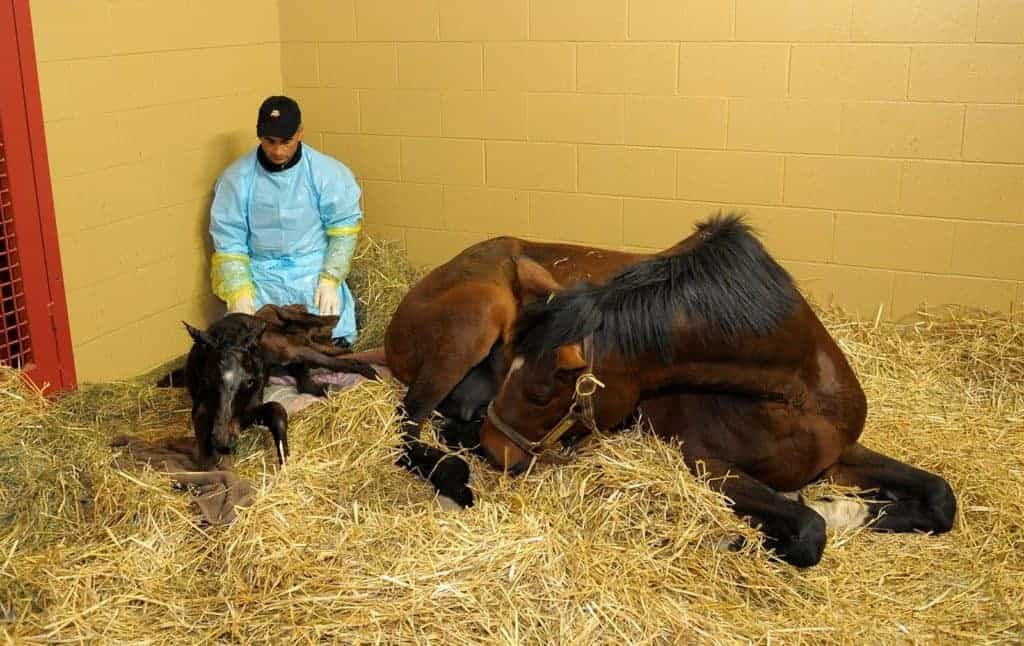
Medication Mishaps in Horses (AAEP 2012)
Try as they might to avoid them, veterinarians from time to time will manage medication mishaps.

Try as they might to avoid them, veterinarians from time to time will manage medication mishaps.

Ultrasonography could be a valuable adjunct tool for diagnosing equine arytenoid chondritis.

Veterinarians and farriers must work as a team to manage a horse’s athletic soundness and performance.

EPM-causing organisms have a wider geographic distribution in the United States than commonly thought.

Dyson will present “Equine Lameness: Clinical Judgment Meets Advanced Diagnostic Imaging” at the convention.

A well-thought-out approach to triage after a barn fire can save horses’ lives.

One veterinarian believes CT offers a better option for imaging some lower limb fractures than radiography.

In this particular study, the 5- and 60-second flexions did not yield the same results.

One researcher says a stent bandage appears to create an ideal environment for incisional healing.

With proper management, most horses recover well from dehydration and exhaustion.

A team evaluated a possible association between distal border fragments of the navicular bone and lameness.

Although early VOD diagnosis is critical, diagnosis could be confounded by nonspecific signs of the disease.

Using both MRI and scintigraphy could be beneficial when diagnosing suspensory-ligament-related injuries

MRI could detect bone changes indicating a horse is at risk for catastrophic fractures before accidents occur.

Supporting broodmares’ overall and nutritional health during lactation is especially crucial.

One veterinarian describes five factors that can negatively impact pregnancy and how to respond to them.
Stay on top of the most recent Horse Health news with
"*" indicates required fields